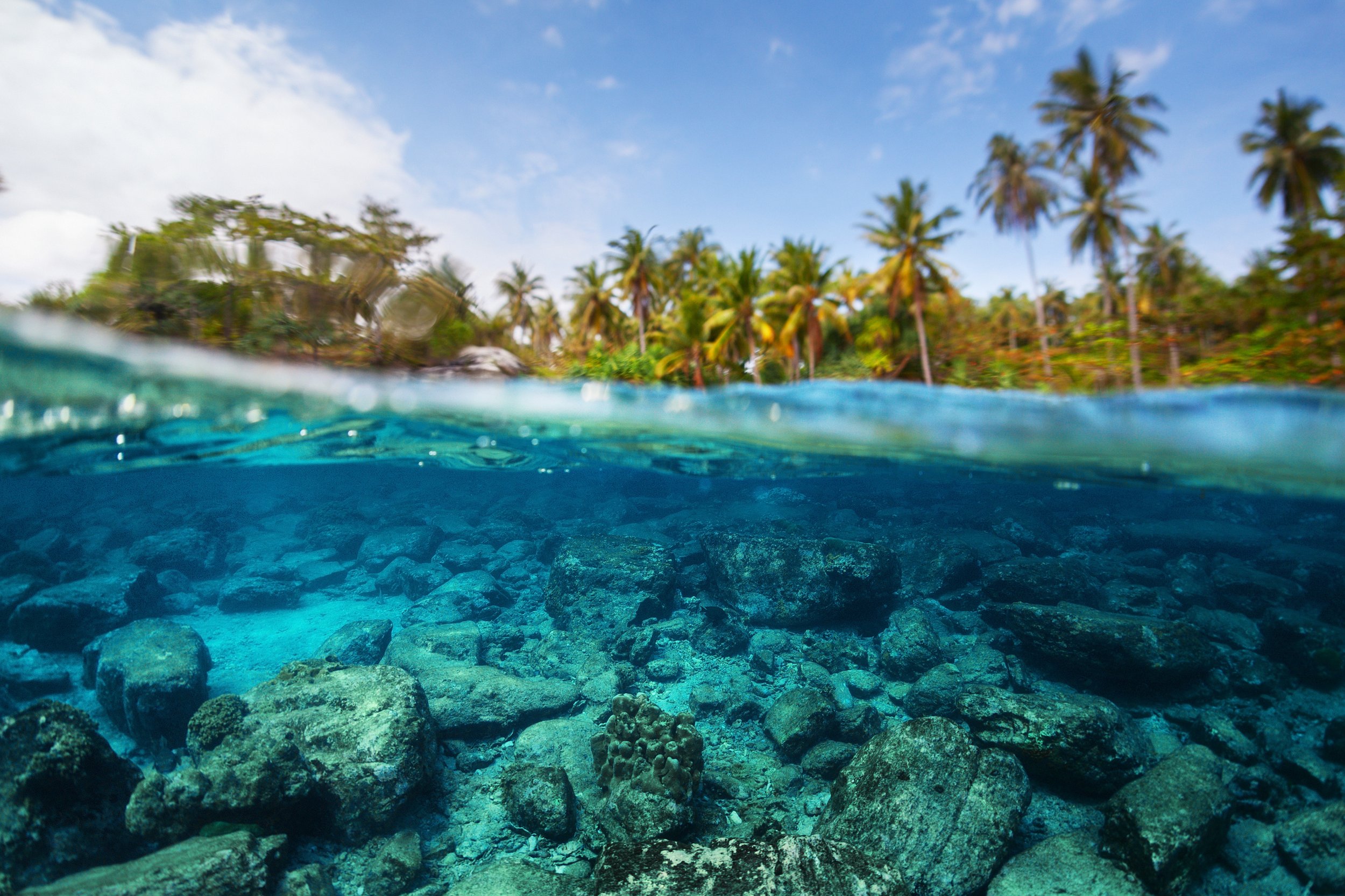EMERGING AREA
Shoreline Response
Section Styles border
Nearshore habitats, such as seagrass beds or beach grass, are permanent fixtures of our nearshore regions. However, questions remain about their beneficial impacts on moderating coastal hazards. This research will investigate the characteristics of USVI coasts, and how habitats impact nearshore hydrodynamics and beach response over different time scales.
CONTENT LINKS
A populated shoreline on St. John, USVI
Shoreline Dynamics in the USVI
During this project we will characterize the features of the USVI coastlines, collect information about sediments, wave and current data. We will also observe shoreline characteristics over the course of weeks and months to understand how seagrass and other features or habitats affect nearshore sediment transport and beach erosion and recovery processes. We will also use various numerical modeling tools to understand nearshore hydrodynamics and sediment transport. This project is a collaboration between the University of the Virgin Islands, and the University of South Alabama.
Our goal is to understand how habitats influence coastal processes and beach dynamics. This is a new area of research for EPSCoR. This effort is a collaboration with another EPSCoR funded project that characterizes the difference in benthic habitat characteristics difference between different species of seagrass. After completion of these projects, we will have a better understanding of the impacts of the bio-physical characteristics of coastal environments on nearshore systems.
This is the first time that coastal vulnerability to hazards has been quantified in the USVI, and our research will continue to provide more understanding of how to adapt our coastal environment to hazards and climate change.

This exciting interdisciplinary effort will provide a first and comprehensive understanding coastal dynamics in the USVI, and the role that habitats play. It will provide coastal managers with a unique understanding of all the various things they have to consider when making decisions about the coastal zone.”
— Dr. Gregory Guannel

Section Styles background gallery-block-hover
Dr. Gregory Guannel
Project Lead
I'm a coastal engineer who has lots of experience modeling and quantifying how habitats interact and modify hydrodynamic processes.
Partners
-

Edwin Cruz-Rivera, Ph.D.
University of the Virgin Islands Associate Professor of Biology
-

Bret Webb, Ph.D.
University of Southern Alabama
Students
Deborah Fernandes, PhD student
Zoe Price, UVI, MMES Student




